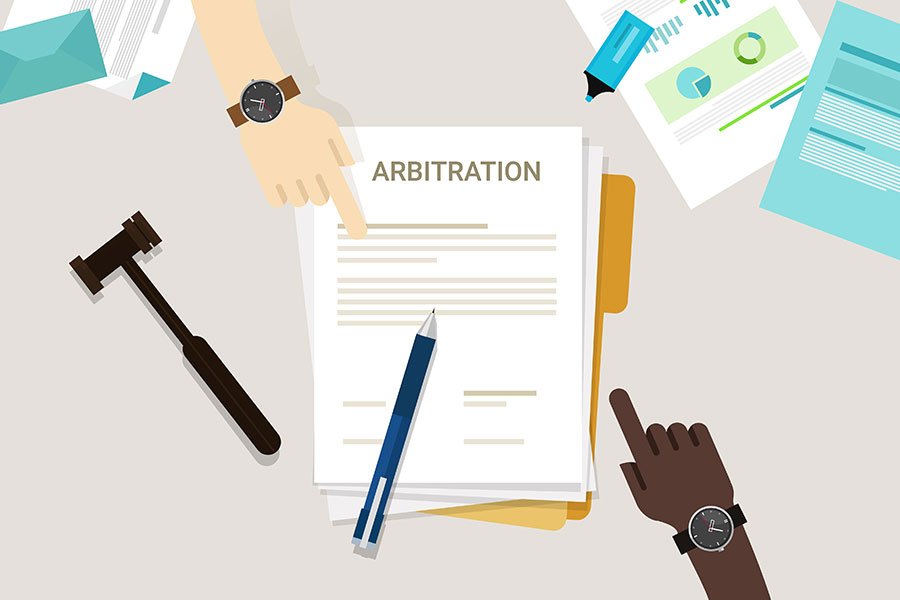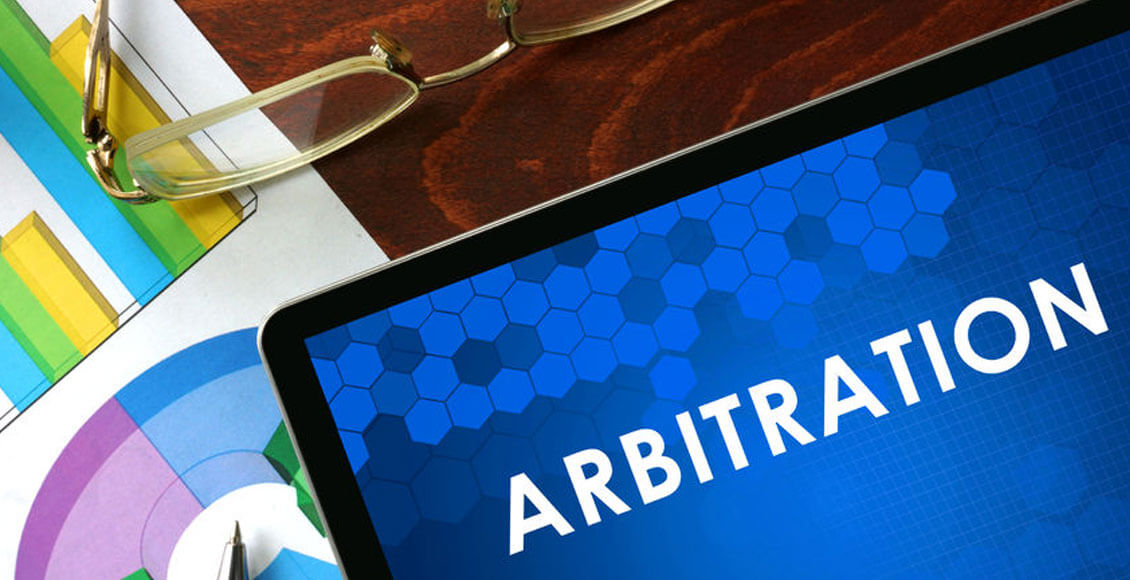Homebuyers: The Amendments to IBC

Introduction
The real estate sector in India is one of the sacred industries as the ownership of immoveable property is seen as an essential and an important investment of income. But, the last two decades have witnessed numerous builders having defaulted in their obligations to deliver the flats timely and hence, there was a surge in such home buyers in seeking remedies under Consumer Protection Act, 1986 and under the specialized law of Real Estate (Regulation and Development) Act, 2016.
Thereafter, when the Insolvency and Bankruptcy Code, 2016 (‘IBC’) was promulgated, numerous home buyers sought to invoke the same due to the nature of definition of ‘financial debt’ and ‘default’[1] provided under the IBC originally, and filed applications under Section 7 of the IBC.
Relief for Homebuyers under IBC: Prior to Amendment of Section 5(8)
As initially the homebuyers were not specifically included under the definition of ‘financial creditor’, there was some chaos with respect to their position under IBC. The clarity on the position of law came with the order of the Hon’ble National Company Law Appellate Tribunal (‘Appellate Tribunal’) in the case of Nikhil Mehta and Sons (HUF) v. AMR Infratsructure[2] wherein it was held that amounts raised by developers under assured return schemes had the “commercial effect of a borrowing”, which became clear from the developer’s annual returns in which the amount raised was shown as “commitment charges” under the head of “financial costs”. As a result of this, it was conclusively decided that such allottees were held to be “financial creditors” within the meaning of Section 5(7) of the IBC and hence, were eligible to apply for commencement of the process of CIRP for a corporate debtor.
Thereafter, this issue was also dealt with by the Hon’ble Supreme Court of India (‘Apex Court’) in the case of Chitra Sharma v. Union of India[3], whereby it upheld the right of the home buyers and appointed a representative of the home buyers; to participate in meetings of the Committee of Creditors of Jaypee Infratech Ltd. A similar direction was also passed by the Hon’ble Apex Court in the case of Bikram Chatterji v. Union of Indiaiv, qua another group of builders namely the Amrapali group; substantially on the same lines as the order passed in the case of Chitra Sharma (supra).
Amendments to Definition of Financial Debt under section 5(8) of the Code
In view of the aforementioned judgments passed by Appellate Authority and Supreme Court, an amendment was necessitated to give clarity regarding the provision of ‘financial debt’and the status of homebuyers under IBC.
The Insolvency Law Committee (‘Committee’) was constituted by the Ministry of Corporate Affairs with the purpose of suggesting modifications required to the IBC which also considered the issue of homebuyers inter alia discussing whether the amounts advanced by them fall under the definition of financial debt.
The Insolvency Law Committee then submitted its report on 26.03.2017, suggesting that amendments be made in the Code seeking to clarify, as a matter of law, that allottees of real estate projects are financial creditors.[4]
Thereafter, accepting the recommendations of the Committee, the Insolvency and Bankruptcy Code (Amendment) Ordinance, 2018 (‘Ordinance’) was promulgated on 06.06.2018. By virtue of Clause 3(ii) of the Ordinance, Section 5(8)(f) which provides that:
“(8) “financial debt” means a debt alongwith interest, if any, which is disbursed against the consideration for the time value of money and includes–………………………
(f) any amount raised under any other transaction, including any forward sale or purchase agreement, having the commercial effect of a borrowing;”
was amended and the following Explanation was incorporated:
“Explanation.- For the purpose0073 of this sub-clause-
- any amount raised from an allottee under a real estate project shall be deemed to be an amount having the commercial effect of a borrowing; and
- the expressions, “‘allottees” and “real estate projects” shall have the meanings respectively assigned to them in clauses (d) and (zn) of Section 2 of the Real Estate (Regulation and Development) Act, 2016 (6 of 2016);”
Simultaneously an amendment was carried out to the CIRP Regulations on 03.07.2018 which came into effect from 04.07.2018, by making a separate category for the homebuyers (in respect of submission of claims to the resolution professional) as ‘Creditors In A Class’ and prescribing Form FA for submission of their claims.[5] The amendment further provided that representation of the claims of such ‘Creditors In A Class’ be made by an appointed Insolvency Resolution Professional, who shall act as their authorized representative and shall alone represent them in the meetings of CoC.
The amendment incorporated by the Ordinance finally received the approval of the Parliament and thereafter, the Insolvency and Bankruptcy Code (Second Amendment) Act, 2018[6] was passed on 17.08.2018.
Challenge to the Constitutional Validity of Amendment to Section 5(8)(f)
After the inclusion of homebuyers under the definition of financial creditors, a downside of the same was observed as even single homebuyers filed petitions before NCLT threatening the builders to either settle with them providing their refund or let their Company go under CIRP. Facing such rampant use of the provisions of IBC and the threat being caused by homebuyers, the builders approached the Hon’ble Supreme Court.
The constitutional validity of amendment whereby as described above, the Explanation to Section 5(8)(f) was incorporated; was challenged before the Hon’ble Apex Court. The Hon’ble Apex Court in the case of Pioneer Urban Land and Infrastructure Limited & Anr. Vs. Union of India & Ors.[7] upheld the validity of the clarification that ‘Homebuyers’ were ‘financial creditors’ observing that delay in completion of flats/ apartments had become a common phenomenon and that amounts raised from home buyers contributes significantly to the financing of the construction of such flats/ apartments.
The Hon’ble Apex Court while discussing the Report of the Committee also distinguished the reasons for dissent of few of the members of the Committee. The Hon’ble Apex Court rendered an observation that the home buyers should have representation in the Committee of Creditors; though not that each of the home buyers should have direct position in the Committee of Creditors.[8]
This being the case, it was important, therefore, to clarify that home buyers are treated as financial creditors so that they can trigger the Code Under Section 7 and have their rightful place on the Committee of Creditors when it comes to making important decisions as to the future of the building construction company, which is the execution of the real estate project in which such home buyers are ultimately to be house.
The Hon’ble Apex Court also construed the amendment to Section 5(8)(f) of the IBC and introduced a caveat to the inclusion of such homebuyers in the expression of ‘financial creditor’. It was observed that speculative investors and those not genuinely interested in purchasing the flat/ apartment could be excluded from the definition of ‘financial creditor’.
Curtailment of the earlier relief to Homebuyers
Numerous real estate companies as a result of this inclusion were faced with spiraling litigations against their company by all categories of home buyers and even the Adjudicating Authorities started clubbing the challenges against each of the builder corporate debtors; to take a holistic view of the exposure to the said corporate debtors.
In respect of certain corporate debtors, it was seen that the home buyers holding a majority led to a lot of indecisiveness; as the creditors in such cases were not able to consider resolution conclusively and there was lack of unanimity indecision making. This led to the executive to consider making further amendments to the Code, for efficacious enforcement of the Code.
- Minimum Threshold qua Homebuyers
On 12.12.2019, the Hon’ble Finance Minister introduced the Insolvency and Bankruptcy (Second Amendment) Bill, 2019 in Lok Sabha which prescribed that in case of home buyer, an application under Section 7 could be only filed jointly by not less than:
- 10 percent of the total number of such creditors in the same class, or
- 100 of such creditors in the same class.
The said bill was referred to the Parliamentary Standing Committee on 23.12.2019 for further review. However, meanwhile, the President promulgated the Insolvency and Bankruptcy (Amendment) Ordinance 2019 exercising powers under Article 123 of the Constitution on 28.12.2019 and thereby, Section 7 was modified (as proposed in the Said Bill). The amendment gave a period of 30 days for parties to comply with the said modification (and if not complied, then the application would be deemed to have been withdrawn before its admission).
As a result of this overhaul, the Learned Adjudicating Authorities had passed directions to the corporate debtors (in pending applications under Section 7 of the Code) to upload the details of their various projects and the home buyers in such cases; on their official websites. In case of Manish Kumar v. Union of India[9], a challenge was raised to the validity of this amendment before the Hon’ble Apex Court. The Hon’ble Apex Court vide Order dated 13.01.2020 granted protection and directed that ‘status-quo, as of today, with respect to the pending applications, shall be maintained in the meanwhile’. This matter is pending adjudication before the Hon’ble Apex Court.
As a note for completion in narration, the amendment carried out by the Ordinance was thereafter passed by the Parliament. When the session resumed, the Report of Parliamentary Committee was received and put before both houses. This bill was passed by the Lok Sabha and Rajya Sabha on 06.03.2020 and 12.03.2020, respectively. The Bill received the assent of the President on 13.03.2020 and was notified in the official gazette on the same date as Insolvency and Bankruptcy (Amendment) Act, 2020.
- Minimum Threshold qua Default
The Central Government exercising powers under Section 4 of the Code passed a notification on 24.03.2020, raising the minimum amount of default from INR 1,00,000/- (Rupees One Lakh Only) to INR 1,00,00,000/- (Rupees One Crore Only).
Conclusion
As a direct result of these amendments, what is clear is that an effort is being made at reducing the scope of initiation of CIRP at the hands of home buyers. However, whether these amendments will stand the test of constitutionality will be deciphered only in the time to come. Intriguingly, many of the Corporate Debtor – builders had to face the music of the Code.
[1] Section 3(12) provides as follows:
“default” means non-payment of debt when whole or any part or instalment of the amount of debt has become due and payable and is not paid by the debtor or the corporate debtor, as the case may be.
Section 3(11) provides as follows:
“debt” means a liability or obligation in respect of a claim which is due from any person and includes a financial debt and operational debt.
[2] Final Order dated 21.07.2017 reported at 2017 SCC OnLine NCLAT 377; also available at http://ibbi.gov.in/webadmin/pdf/order/2017/Jun/21stJuly2017_in_the_matter_of_Nikhil_Mehta_and_Sons_Vs_ AMR_Infrastructure_Ltd_Company_Appeal_AT_Insolvency_No_07_of_2017.pdf
[3] Judgment dated 11.09.2017 reported 2018 18 SCC 575.
[4] The Committee after reviewing numerous financial terms of agreements between home buyers and builders and the manner of utilisation of the disbursements made by home buyers to the builders, observed it is evident that the agreement is for disbursement of money by the home buyer for the delivery of a building to be constructed in the future. The disbursement of money is made in relation to a future asset, and the contracts usually span a period of 4- 5 years or more. The Committee deliberated that the amounts so raised are used as a means of financing the real estate project, and are thus in effect a tool for raising finance, and on failure of the project, money is repaid based on time value of money. It was also noted that the amount of money given by home buyers as advances for their purchase is usually very high, and frequent delays in delivery of possession may thus, have a huge impact. The Committee noted that the definition of financial debt as provided under Section 5(8)(f) of the IBC was wide enough to include amounts paid by allottees/ home buyers.
The Committee finally recommended including of an explanation to the said definition with a view to clarify that homebuyers are to be treated as a financial creditor under the IBC. Though, certain members of the Committee, namely Shri Shardul Shroff, Shri Sudarshan Sen and Shri B. Sriram, differed on this issue.
The Report is available at http://www.mca.gov.in/Ministry/pdf/ReportInsolvencyLawCommittee_12042019.pdf
[5] Regulation 8A was introduced.
[6] The Amendment was passed by the Lok Sabha on 31.07 2018 and then the Rajya Sabha on 10.08.2018. The Amendment received the assent of the President of India on 17.08.2018. The Amendment was published in the official gazette on 17.08.2018. The Amendment is available at https://www.ibbi.gov.in/webadmin/pdf/whatsnew/2018/Aug/The%20Insolvency%20and%20Bankruptcy%20Co de%20(Second%20Amendment)%20Act,%202018_2018-08-18%2018:42:09.pdf
[7] Judgment dated 09.08.2019 reported at (2019) 8 SCC 416.
[8] Following are the relevant observations in the judgment of Pioneer Urban Land and Infrastructure Limited & Anr. (Supra)
“Shri Shardul Shroff, a member of the said committee, went on to state if the home buyers have taken loans from banks, then it is such lenders who should be on the table on the CoC as special status creditors. Our report ought to be altered to the extent that home buyers financiers should be treated as unsecured financial creditors and they should be representatives of the home buyers. There should be no direct right given to home buyers to be on the CoC.”
“Even the dissent of Shri Shroff recognises that in the case of home buyers, who have taken loans from banks, such banks ought to be on the Committee of Creditors. If such banks ought to be on the Committee of Creditors as representatives of the home buyers, and they are to vote only in accordance with the home buyer’s instructions, why should the home buyer himself then not be on the Committee of Creditors, and why should it make any difference as to whether he has borrowed money from banks in order to pay instalments under the agreement for sale or whether he does it from his own finances? These matters have not been addressed by the dissenting view which in principle, as we have seen, supports home buyers who have taken loans as against home buyers who have used their own finances.”
“Perhaps the real reason for Shri Shroff’s dissent is the fact that unsecured, as opposed to secured, financial creditors are being put on the Committee of Creditors. If there is otherwise good reason as to why this particular group of unsecured creditors, like deposit holders, should be part of the Committee of Creditors, it is difficult to appreciate how such a group can be excluded.”
[9] Writ Petition (C.) No. 26 of 2020.





